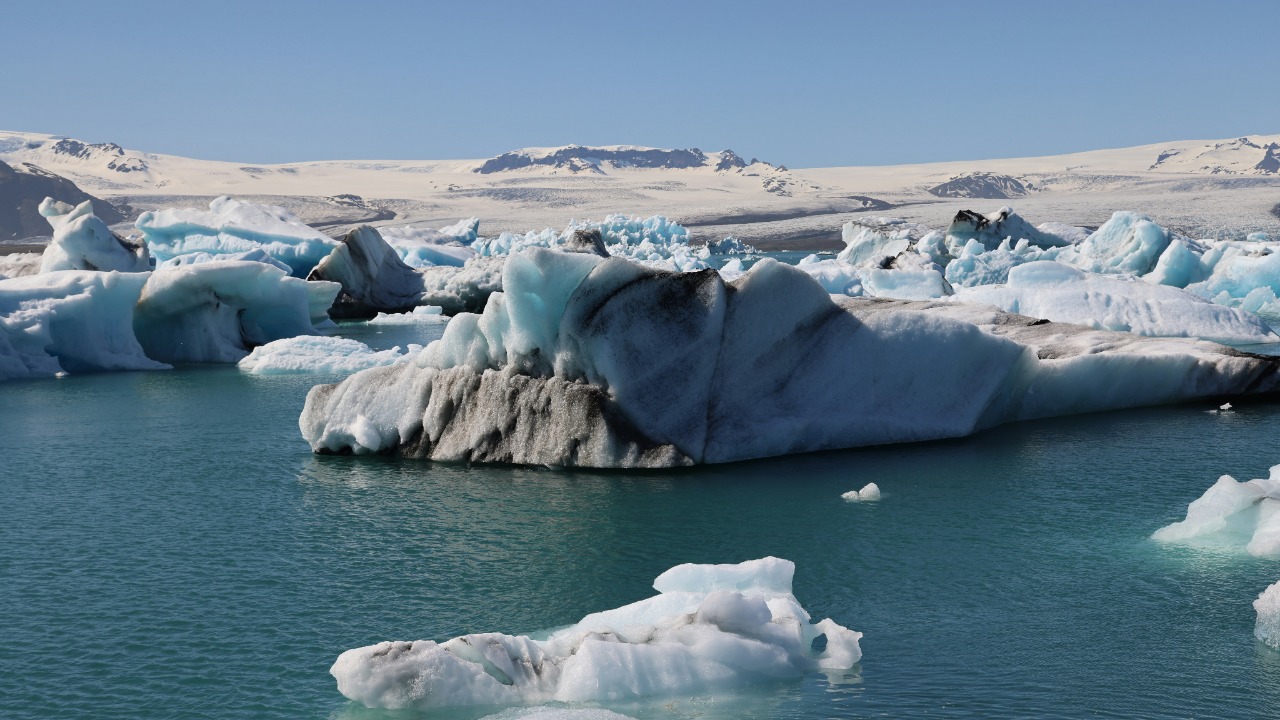
Climate tipping points, representing irreversible changes in Earth’s systems, pose significant risks to ice sheets and ocean currents. The Greenland and Antarctic ice sheets are at risk of rapid melting, potentially raising sea levels by several meters over centuries. Meanwhile, the Atlantic Meridional Overturning Circulation (AMOC) faces potential collapse, which could disrupt global weather patterns. Despite the fear these scenarios evoke due to their cascading effects on biodiversity and human societies, expert analysis emphasizes that current emissions trajectories still provide a window to avoid crossing many thresholds through aggressive global action. This balance between peril and possibility underscores the urgency of informed optimism in climate strategy.
Defining Climate Tipping Points
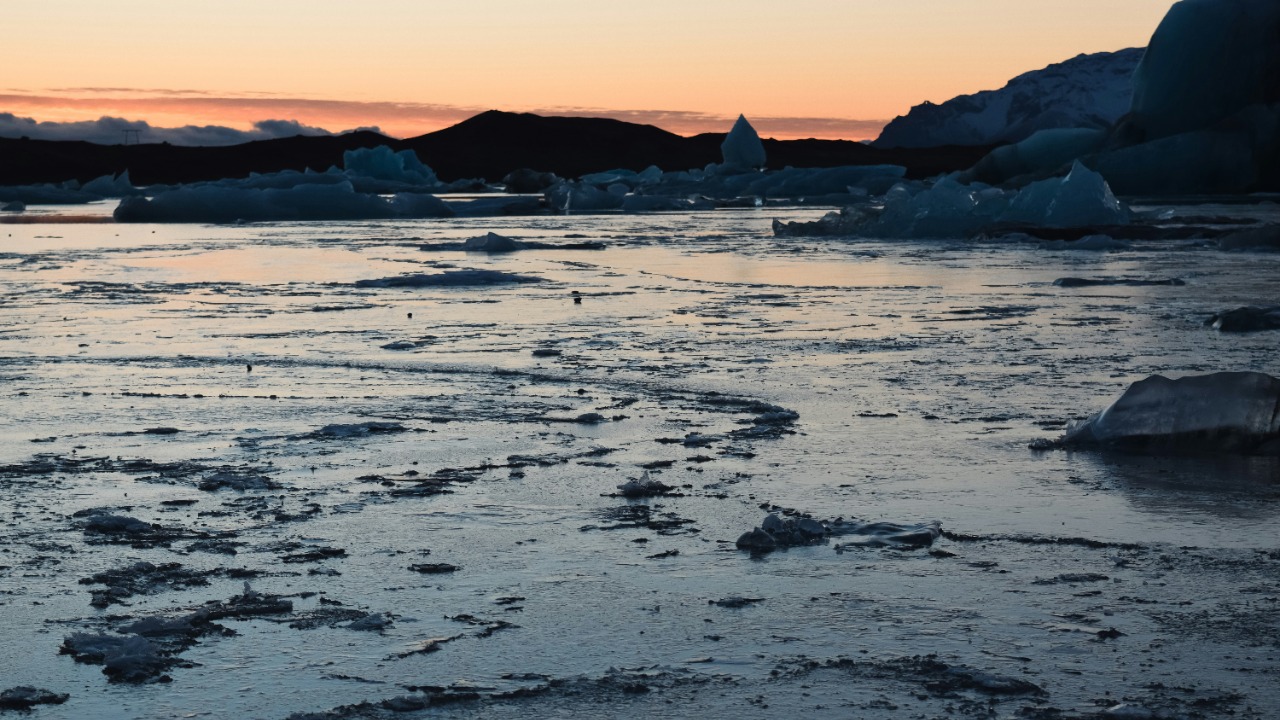
The scientific concept of tipping points refers to thresholds where gradual warming triggers abrupt, self-reinforcing changes in systems like ice sheets and oceans. For instance, the thawing of permafrost could release vast amounts of methane, a potent greenhouse gas, into the atmosphere. This is a stark departure from linear climate impacts, as these tipping points involve feedback loops that amplify risks. One such feedback loop is the albedo effect, where the loss of reflective ice due to melting reduces Earth’s ability to reflect sunlight, thereby accelerating warming.
Researchers employ various detection methods to identify proximity to these tipping elements. These include studying paleoclimate records and utilizing advanced modeling techniques. Understanding these tipping points is crucial for predicting and mitigating the potential impacts of climate change.
Risks to Polar Ice Sheets
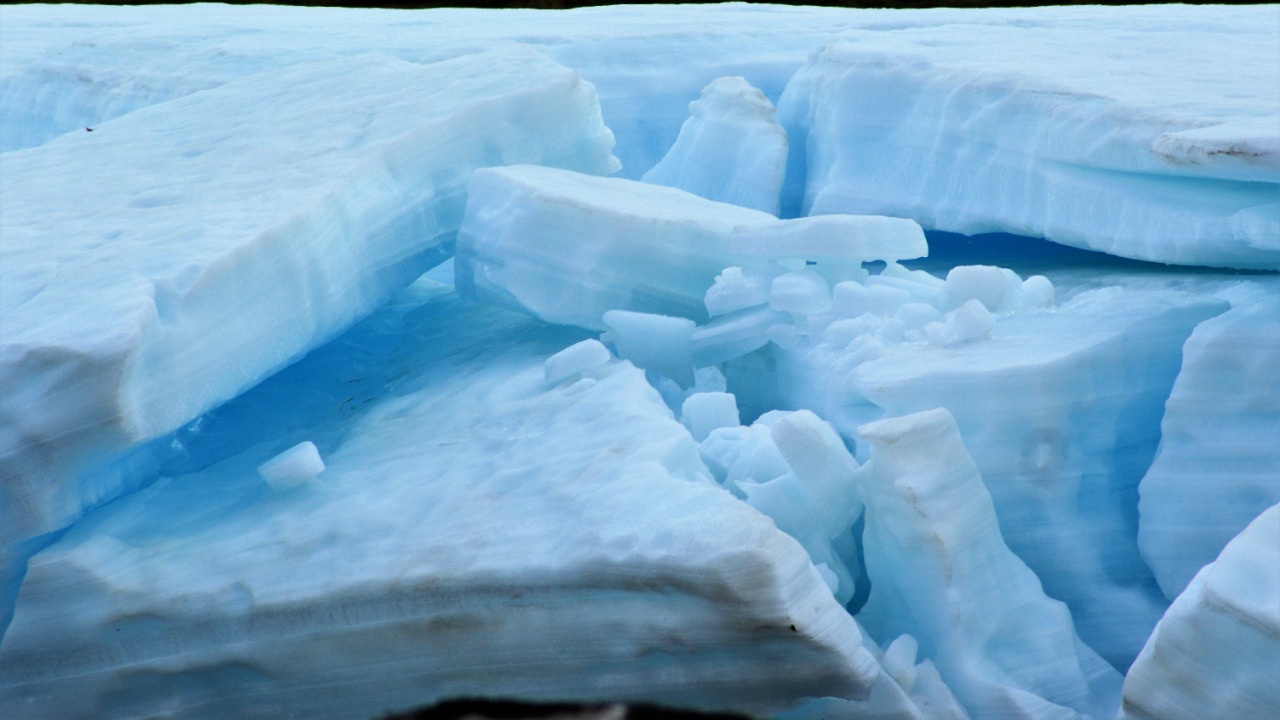
The West Antarctic Ice Sheet is particularly vulnerable to climate change. Warm ocean waters are accelerating basal melting, potentially leading to marine ice sheet instability. The Greenland Ice Sheet also faces significant risks, with surface melt dynamics contributing to irreversible mass loss rates. Recent years have seen these rates exceed 270 billion tons annually, particularly during summer heatwaves.
These risks are interconnected. For example, the collapse of ice sheets could contribute to global sea level rise. If the Greenland Ice Sheet were to fully destabilize, it could alone cause a sea level rise of up to 7 meters. Such a rise would have profound implications for coastal communities around the world.
Ocean Circulation and Ecosystem Threats
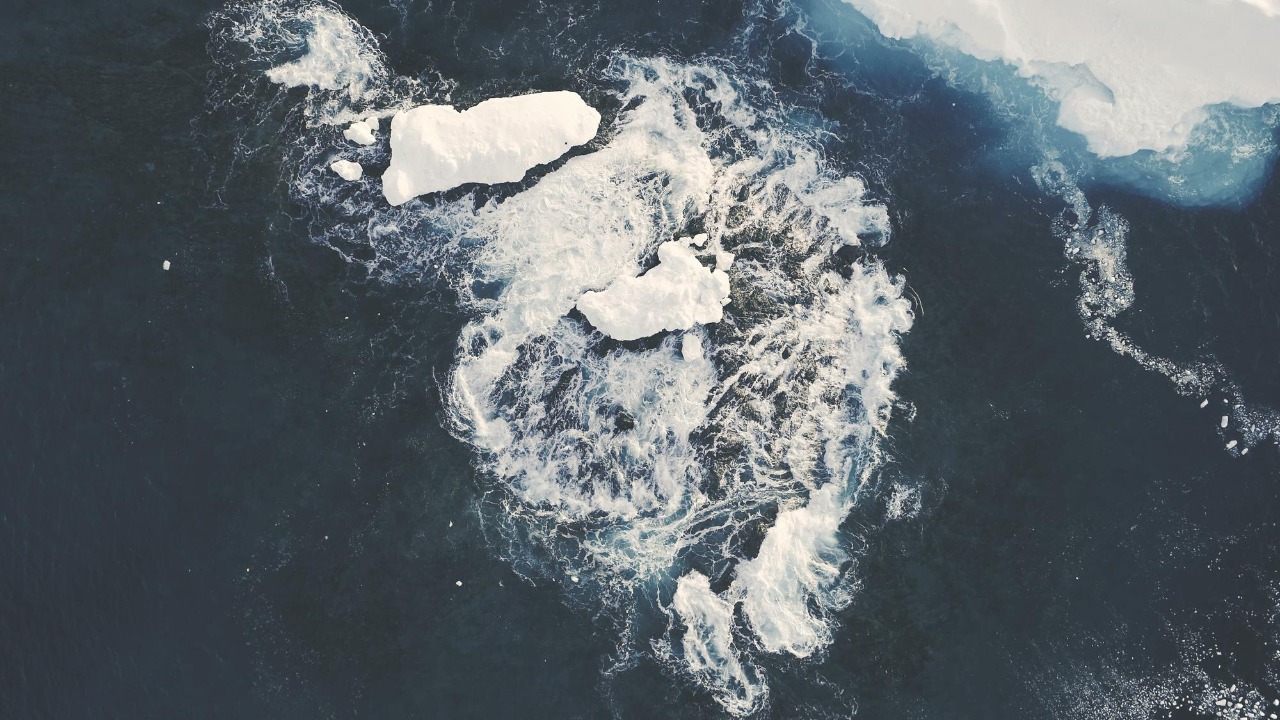
The AMOC plays a crucial role in redistributing heat around the planet. However, under 1.5–2°C warming, this current faces potential slowdown or shutdown. This could result in cooler temperatures in regions like Europe and drier conditions in the Amazon. Additionally, ocean acidification and deoxygenation pose significant threats. Warming reduces the ocean’s capacity to absorb CO2, which can harm coral reefs and fisheries that support billions of people.
Marine heatwaves serve as early indicators of these threats. Events like the 2023 global “boil” exacerbate tipping risks for ocean biodiversity hotspots, underscoring the urgency of addressing these challenges.
Scientific Uncertainties and Optimistic Indicators
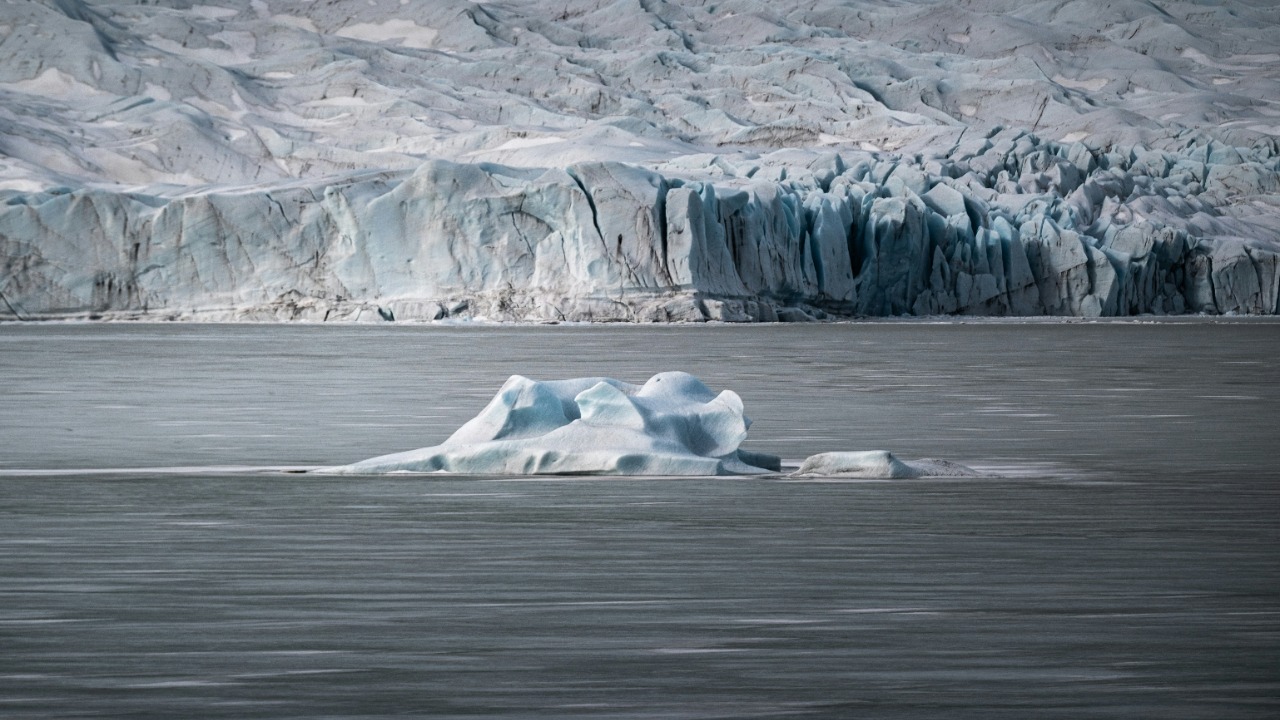
While the risks are clear, there are uncertainties in tipping point timelines. Some models predict AMOC collapse by 2100 under high emissions scenarios, while others suggest stability with rapid decarbonization. Furthermore, evidence of natural resilience, such as ice sheet recovery mechanisms observed in geological records, indicates that not all changes are inevitable.
Recent advances in modeling show that limiting warming to 1.5°C could prevent 40–60% of projected tipping risks. These findings, based on integrated assessments, provide a glimmer of hope amidst the challenges.
Actions to Safeguard Critical Systems

Policy levers such as the Paris Agreement’s Nationally Determined Contributions offer potential pathways to stabilize ice sheets through reduced emissions. Enhanced targets under this agreement could play a crucial role in avoiding the worst impacts of climate change. Technological and nature-based solutions also offer promise. For instance, establishing marine protected areas can build ocean resilience, while geoengineering research could enable targeted cooling of polar regions.
International collaboration is key to addressing these challenges. Initiatives like the UN Ocean Decade integrate tipping point science into global governance, fostering a coordinated response to these threats. As we navigate the complexities of climate change, it is this balance of informed optimism and urgent action that will guide our path forward.